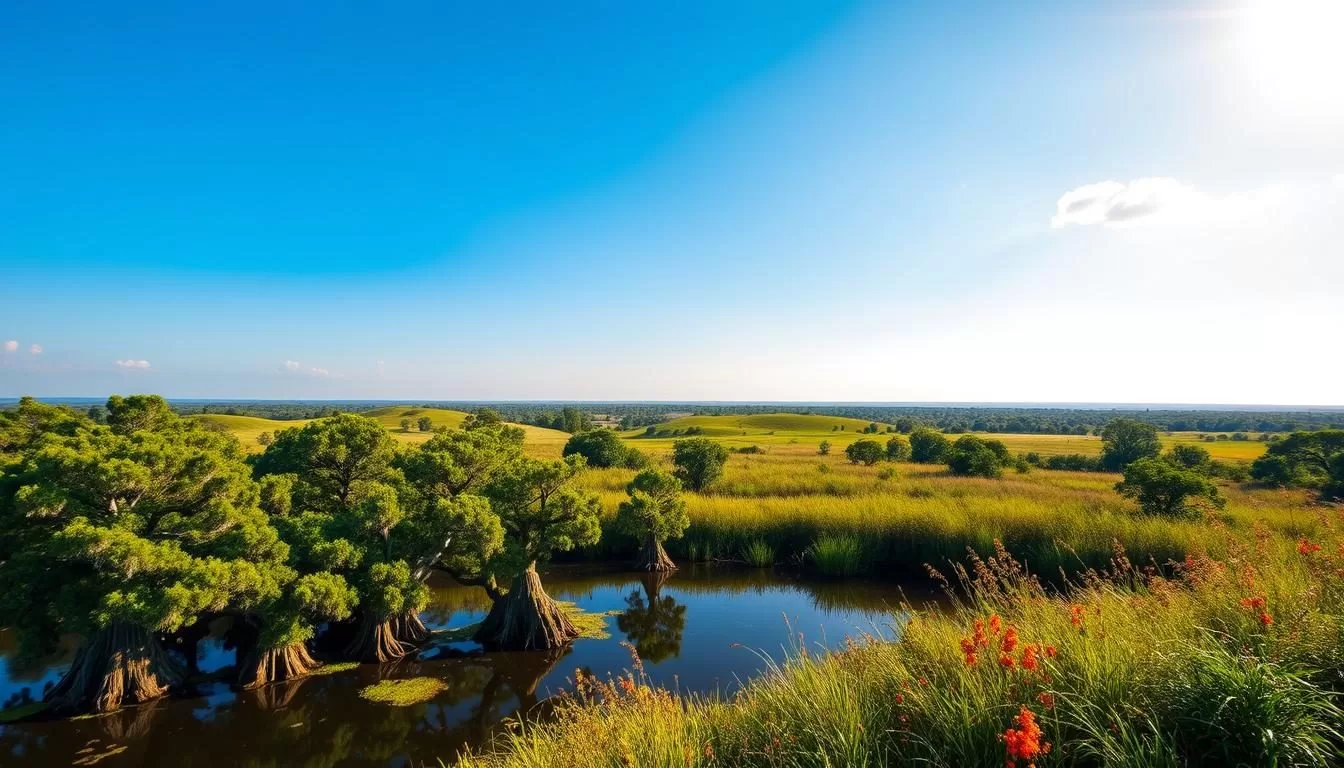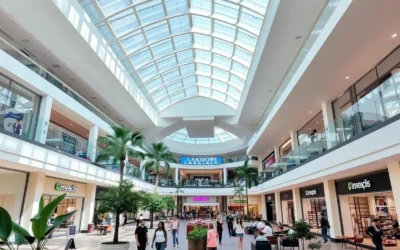✓ Accommodations✓ Flights✓ Rental Cars✓ Tours & Activities
Planning a trip to Louisiana can be a thrilling experience, but the state’s unpredictable weather can make or break your adventure.
With its unique blend of vibrant culture and fluctuating climate, knowing the best months to visit is crucial for a trip that’s both enjoyable and stress-free.
From the vibrant celebrations of New Orleans to the serene bayous of Cajun Country, weather plays a significant role in shaping your overall experience. By understanding the seasonal patterns, you can time your visit to coincide with the state’s festivals, historic sites, and culinary delights.
Understanding Louisiana’s Unique Climate
The Pelican State’s climate is as vibrant as its culture. Louisiana’s weather is characterized by its humidity, rainfall, and temperature patterns, which play a significant role in shaping your experience during your trip.
Humidity, Rainfall, and Temperature Patterns
Louisiana is known for its high humidity levels, which can impact your comfort, especially when exploring outdoor attractions. The state’s rainfall is often sudden and can be heavy, affecting your plans. Temperature patterns vary across seasons, with summer being the hottest and most humid.
How Weather Impacts Your Louisiana Experience
The weather significantly influences the activities you can enjoy during your visit. During the intense summer heat, indoor attractions like museums are preferable. In contrast, spring and fall offer ideal conditions for outdoor exploration. Flexibility in your itinerary is crucial due to the potential for sudden rain showers.
Spring in Louisiana: March to May
As the last wisps of winter dissipate, Louisiana awakens in a burst of color and vibrancy during the spring season.
The mild weather makes it an ideal time to enjoy the state’s outdoor attractions and cultural events.
Temperature and Rainfall Expectations
During the spring, Louisiana experiences mild temperatures, ranging from the mid-60s to mid-70s Fahrenheit. You can expect moderate rainfall, with an average of 4-5 inches per month.
Spring Festivals and Cultural Events
Spring brings a plethora of festivals and cultural events to Louisiana, showcasing the state’s rich heritage. You can enjoy jazz performances, sample local cuisine, and participate in various celebrations throughout the state.
Outdoor Activities Perfect for Spring
The pleasant weather makes spring perfect for outdoor activities like exploring the French Quarter, swamp tours, and biking along scenic routes. You can also enjoy fishing, strolling through historic districts, and experiencing the state’s vibrant culture.

Summer in Louisiana: June to August
The summer months in Louisiana, from June to August, offer a unique blend of cultural experiences despite the challenging weather conditions. Fora Advisor Tracy Burpee notes, “Summer in New Orleans isn’t as bad as one might think! Even when it’s so hot the pavement is buckling, you can always find a cold drink and a fun time in New Orleans.”
Navigating the Heat and Humidity
To make the most of your summer visit, focus on indoor activities that Louisiana has to offer. The state’s numerous world-class indoor attractions provide perfect refuge from the summer heat.
Summer Events Worth Braving the Heat
Despite the heat, summer in Louisiana is filled with exciting events that are worth experiencing. You can enjoy various cultural festivals and events that take place across the state, including in the vibrant city of New Orleans.
Indoor Attractions for Summer Visitors
Some must-visit indoor spots include the National WWII Museum, the New Orleans Museum of Art, and Mardi Gras World. These attractions not only offer a respite from the heat but also provide enriching experiences. You can explore historic homes and plantations, enjoy shopping in unique boutiques, and savor local cuisine in renowned restaurants, all while staying cool during the summer months.
Fall in Louisiana: September to November
When fall arrives in Louisiana, the state’s outdoor attractions become more accessible and enjoyable. The fall season brings a welcome change in weather, making it an ideal time to explore.
Weather Patterns and Temperature Ranges
During the fall, Louisiana experiences a pleasant climate, with temperatures ranging from the mid-70s to mid-80s (°F). This comfortable weather makes it an ideal time for outdoor activities.
Fall Festivals and Celebrations
Fall in Louisiana is marked by various festivals and celebrations. You can experience the vibrant culture through events like the Louisiana Film Prize in Shreveport and the Baton Rouge Film Festival.
Outdoor Experiences in Autumn
The cooler weather and lower humidity make fall an excellent time for outdoor activities. You can enjoy swamp tours, hiking, and biking in the state’s many parks and trails.
| Activity | Location | Best Time |
|---|---|---|
| Swamp Tours | Various swamps across Louisiana | September to November |
| Hiking | State parks like Fontainebleau | October to November |
| Biking | Trails in Baton Rouge and Lafayette | September to November |
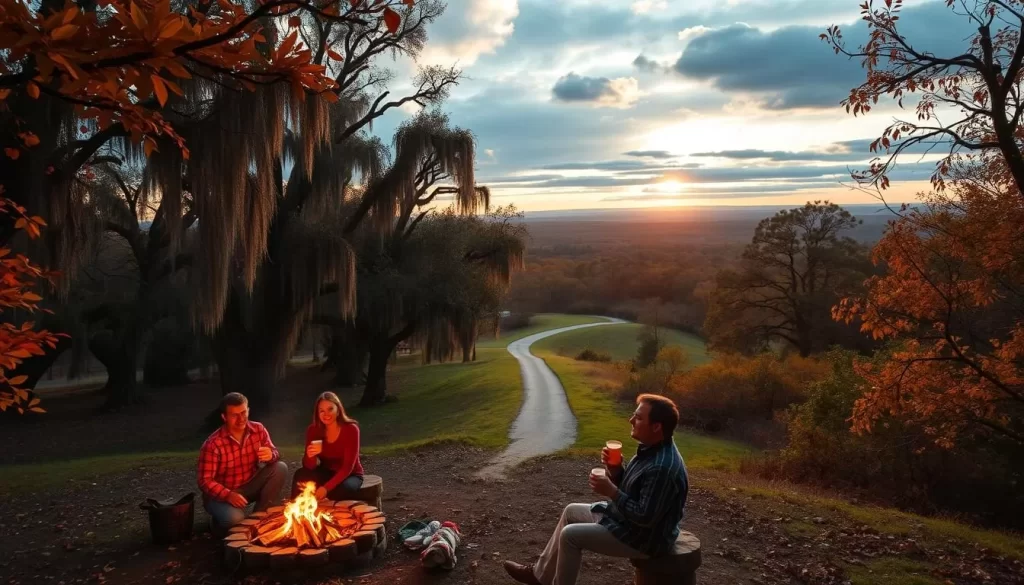
Winter in Louisiana: December to February
Winter in Louisiana is characterized by its mild temperatures and vibrant cultural events, making it an attractive destination for travelers seeking a unique experience.
Mild Winter Climate and What to Expect
Louisiana’s winter climate is generally mild, with average temperatures ranging from the mid-40s to mid-60s Fahrenheit. You can expect cooler mornings and evenings, but daytime temperatures are often pleasant, making it ideal for outdoor activities.
Holiday Season and Winter Festivities
The holiday season in Louisiana is a time of celebration, with numerous festivals and events taking place throughout the state. You can participate in Mardi Gras traditions, enjoy holiday parades, and experience the local cuisine, including reveillon dinners and king cakes. Festive costumes with purple, green, and gold accents are a must for Mardi Gras and holiday parades.
Winter-Exclusive Experiences
Winter offers several exclusive experiences in Louisiana, including bird watching, as migratory species make the state’s wetlands their temporary home. You can also enjoy special performances and events at Louisiana’s theaters and music venues, ranging from holiday concerts to Carnival-themed shows. The cooler temperatures create ideal conditions for exploring historic districts and architecture without the heat and humidity of summer.
Louisiana, United States: Best Months for a Weather-Savvy Trip
The Pelican State’s weather can be as vibrant as its culture, with certain months standing out as particularly visitor-friendly. When planning your trip, it’s essential to consider the climate to make the most of your Louisiana experience.
Top Weather Months: October, April, and March
October, April, and March are highlighted as the top months to visit Louisiana due to their favorable weather conditions. During these months, the temperatures are mild, and the humidity is relatively low, making outdoor activities and exploration a delight. April brings spring blooms, while October offers a comfortable autumn climate. March is a great time to enjoy the state’s festivals without the intense summer heat.

Months to Approach with Caution
While Louisiana is welcoming year-round, certain months present specific challenges. The summer months, particularly July and August, are characterized by high temperatures and humidity. Additionally, the period from Late August to September is prone to hurricanes. Visitors should be cautious and plan accordingly, considering indoor activities and flexible itineraries to adapt to weather conditions.
| Month | Weather Conditions | Precautions |
|---|---|---|
| July, August | High heat and humidity | Stay hydrated, plan indoor activities |
| Late August, September | Hurricane season | Monitor weather forecasts, have a backup plan |
| January | Cold snaps | Pack layers for colder mornings and evenings |
New Orleans Weather Considerations
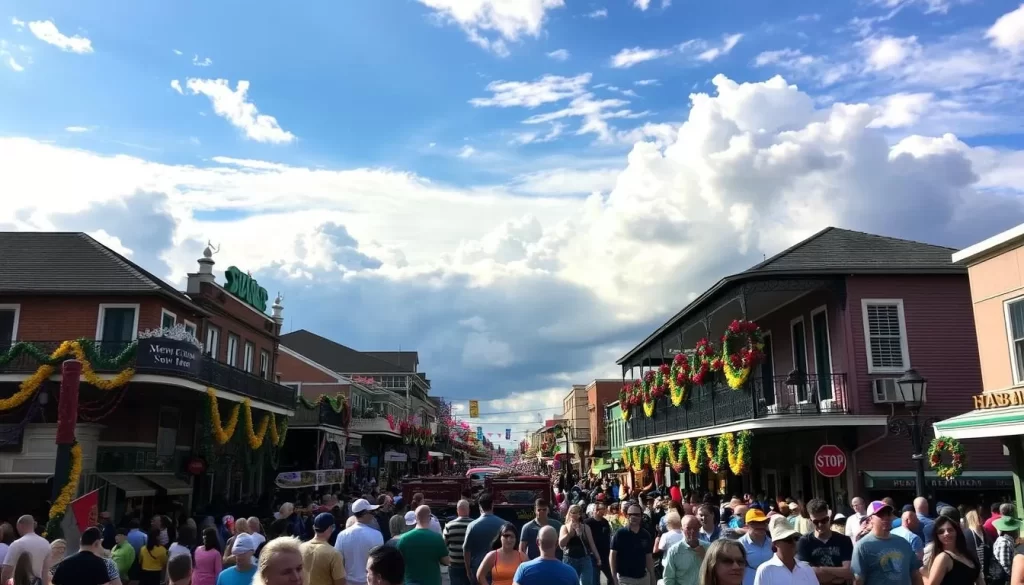
As you prepare for your trip to New Orleans, it’s essential to consider the city’s weather patterns. The city’s climate is known for its humidity and variable temperatures, which can impact your experience, especially during peak events like Mardi Gras.
French Quarter and Downtown Microclimate
The French Quarter and downtown area have a unique microclimate. The dense architecture and lack of green spaces can make the area feel warmer than other parts of the city. Be prepared for the heat and humidity, especially during the summer months.
Parade Season Weather Planning
During Mardi Gras, New Orleans’ parade season requires special weather considerations. You should be prepared for variable conditions, as February weather can range from cold and rainy to surprisingly warm. Here are some tips for parade watching:
- Layered clothing is essential, as temperatures can drop significantly after sunset.
- Rain gear is a must, as showers can develop quickly.
- Comfortable, weather-appropriate footwear is crucial for standing for hours on parade routes.
- The massive crowds during major parades generate their own microclimate, often feeling warmer than surrounding areas.
Exploring Cajun Country: Lafayette and Surroundings
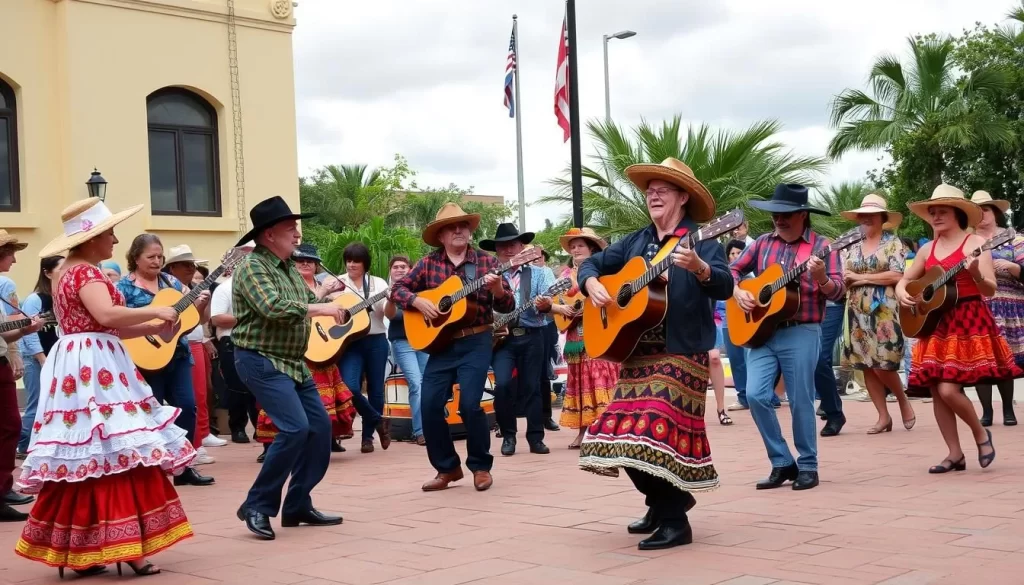
Immerse yourself in the lively culture and heritage of Lafayette and the surrounding Cajun Country. This region is known for its rich blend of French, Creole, Native American, and African influences, offering a unique experience for visitors.
Weather Patterns in Acadiana
Acadiana’s weather is characterized by mild winters and hot, humid summers. Understanding these weather patterns helps you plan your trip to Lafayette and its surroundings effectively.
Seasonal Events in Cajun Country
Cajun Country offers a year-round calendar of authentic cultural events and festivals. You can experience the world-famous Festival International de Louisiane in Lafayette each April, celebrating the region’s connections to French-speaking cultures worldwide. The region also hosts various food festivals and harvest celebrations, showcasing its rich cultural heritage.
Lake Charles and Western Louisiana
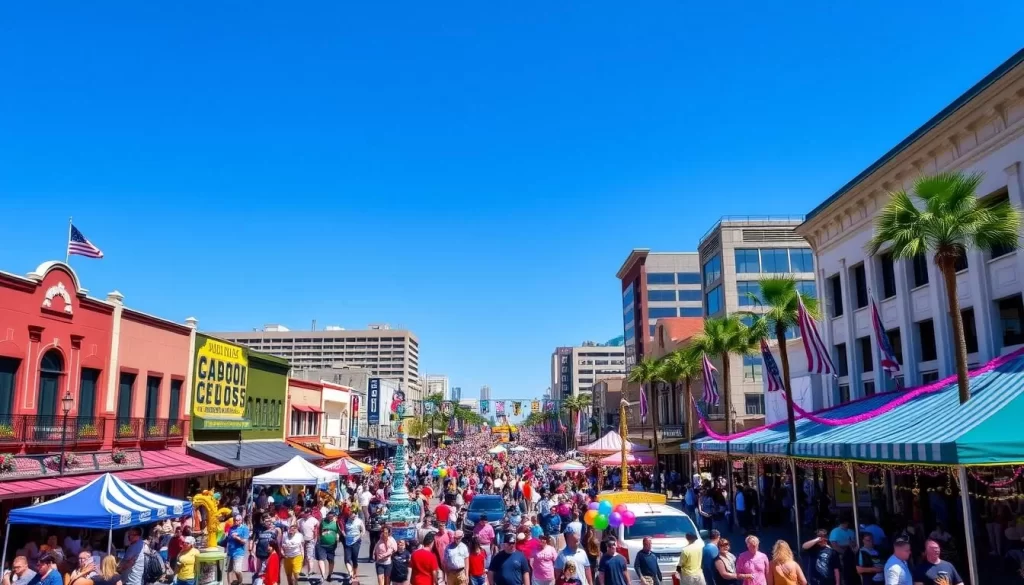
Lake Charles, known as the ‘Festival Capital of Louisiana,’ offers a vibrant experience throughout the year. With over 75 festivals annually, you can enjoy a wide range of events.
Climate Considerations for Western Louisiana
Western Louisiana’s climate varies significantly across seasons. Summer months are hot and humid, while winters are generally mild. Understanding these patterns helps you plan your visit.
Festival Capital Weather Planning
When planning your trip to Lake Charles, consider the types of festivals and events you want to attend. Spring festivals celebrate natural resources, summer events focus on water activities, and fall brings harvest festivals. Many events have both indoor and outdoor components, allowing you to adjust based on weather conditions.
Northern Louisiana: Shreveport and Beyond
Northern Louisiana, with Shreveport at its heart, offers a diverse range of activities across different seasons. You can enjoy a variety of experiences tailored to the region’s unique climate.
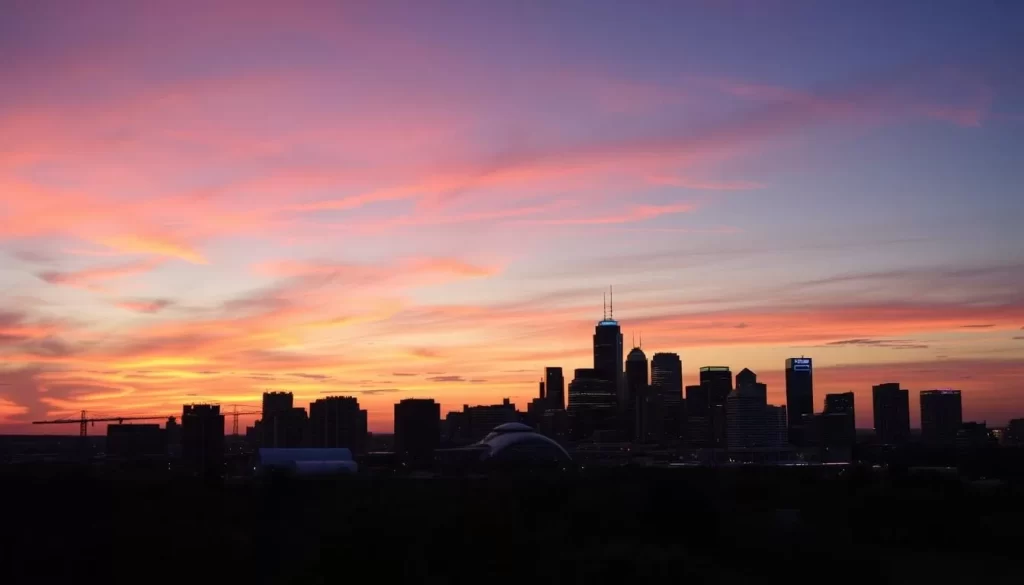
Different Climate Patterns Up North
The region’s climate is more varied compared to the rest of Louisiana. You can expect more pronounced seasonal changes, with hot summers and mild winters. This climate variability allows for a range of outdoor activities throughout the year.
Seasonal Activities in Northern Louisiana
Northern Louisiana offers distinct seasonal activities. You can enjoy water sports on the region’s lakes during summer. In the fall, scenic drives through areas with changing foliage are a treat. Winter brings rare snowfall, while spring is known for vibrant wildflower displays. The region’s state parks and nature preserves offer year-round hiking and wildlife viewing.
Hurricane Season Planning
Understanding the risks of hurricane season is vital for a safe and enjoyable trip to Louisiana.
Hurricane season in Louisiana runs from June to November, with the most significant risks occurring between August and October.
Understanding the Risks: June to November
During this period, the Gulf Coast is susceptible to hurricanes, which can bring heavy rainfall, strong winds, and flooding. If you’re visiting during hurricane season, it’s essential to have a backup plan.
Secure your accommodations in elevated areas and be prepared with emergency supplies like flashlights, water, and non-perishable food.
Emergency Preparedness for Travelers
To ensure your safety, stay informed about weather conditions through local news and weather apps. Consider purchasing travel insurance that covers weather-related cancellations and interruptions.
- Maintain awareness of weather forecasts throughout your trip.
- Download emergency alert apps for timely notifications.
- Familiarize yourself with evacuation routes from your accommodation.
- Keep a small emergency kit with essentials.
- Maintain flexibility in your itinerary to adjust plans if weather threatens.
Packing Essentials for Every Season
To ensure you’re prepared for Louisiana’s unpredictable weather, it’s crucial to pack layers and be ready for anything. The state’s climate varies significantly across different seasons, and being prepared will make your trip more enjoyable.
Spring and Fall: Layers and Rain Gear
During spring and fall, Louisiana’s temperature can fluctuate significantly. It’s essential to pack layers that can be added or removed as needed. Don’t forget to include rain gear in your luggage, as spring showers are common.
Summer: Beating the Heat
Summer in Louisiana can be extremely hot and humid. To beat the heat, pack lightweight, breathable clothing and stay hydrated. Consider bringing a portable fan or sun protection to make your trip more comfortable.
Winter: Surprisingly Versatile Needs
Although Louisiana’s winters are generally mild, it can get chilly, especially in the evenings. Pack a warm jacket, scarves, and long-sleeve shirts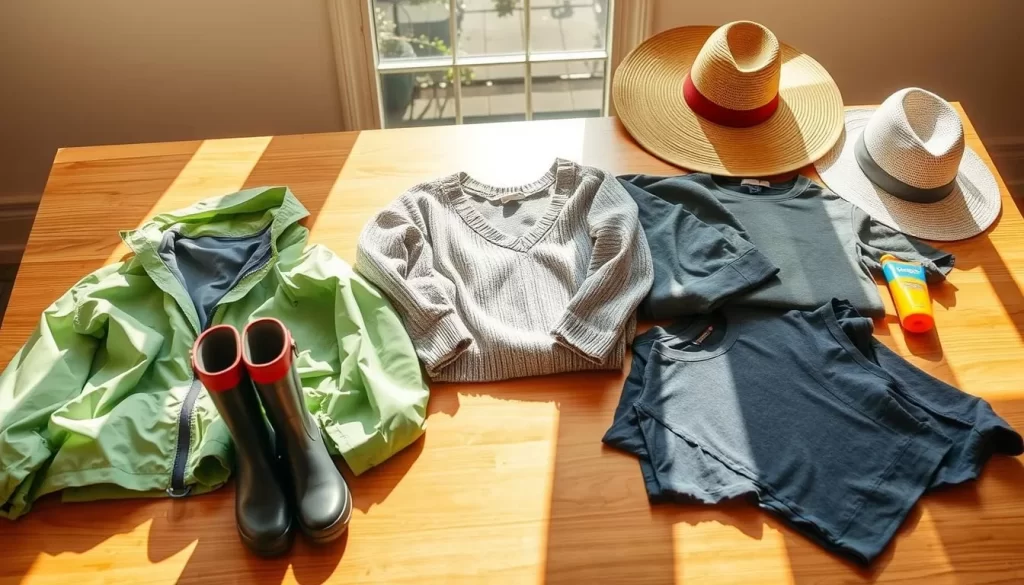
Avoiding Crowds While Enjoying the Best Weather
The key to a serene Louisiana experience lies in knowing when to visit to avoid the crowds. By timing your trip during the best weather periods and avoiding peak tourist days, you can enjoy a more relaxed and fulfilling experience.
To achieve this, consider visiting during the shoulder season, when the weather is pleasant and crowds are smaller.
Shoulder Season Sweet Spots
Visiting Louisiana during the shoulder season, which includes April and October, can offer the best of both worlds – comfortable weather and fewer tourists. These periods allow you to enjoy outdoor activities like hiking, kayaking, or simply exploring the historic sites without the chaos.
Weekday vs. Weekend Considerations
Another strategy for avoiding crowds is to plan your activities during the week instead of on weekends. You’ll notice a significant difference in crowd levels between weekdays and weekends throughout Louisiana. For instance, popular attractions in New Orleans can see visitor numbers double or triple on weekends compared to midweek days. Tuesday through Thursday typically offer the most breathing room at major attractions and restaurants.
By planning your visit to major attractions for weekday mornings, you can enjoy the best combination of good weather and minimal crowds. If you’re planning around a holiday, be sure to book accommodations and tours well in advance to secure the best spots. For outdoor activities, early mornings or late afternoons are ideal, as the streets are quieter and the light is perfect for photography.
Conclusion
To make the most of your Louisiana adventure, it’s essential to consider the weather and plan accordingly. Planning your trip around the optimal months can significantly enhance your overall experience. October and April are highlighted as the best months for most travelers, offering a balance of pleasant weather and cultural events.
By understanding the unique seasonal considerations across different regions and being prepared for variable conditions, you can enjoy a seamless trip. Whether you’re drawn to festivals, cuisine, or natural beauty, timing your visit strategically will help you experience the authentic charm of Louisiana.
The above is subject to change.
Check back often to TRAVEL.COM for the latest travel tips and deals.
